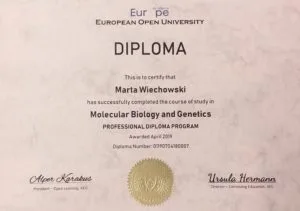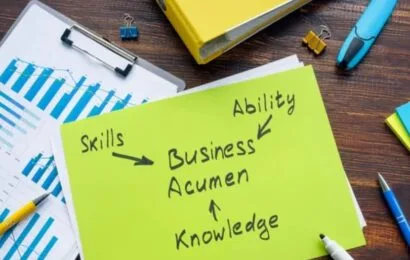
- Instructor: Victoria Spencer
- Lectures: 14
- Students: 3136
- Duration: 10 weeks
The present course serves as study guidance for the students taking the course on Risk and Safety in Civil, Environmental and Geomatic Engineering.
Aim of the course
The aim of the present course is to provide to the students both the basic and more advanced
skills and tools of risk and reliability in engineering. Emphasis is directed on the application
and the reasoning behind the application of these skills and tools for the purpose of enhancing
engineering decision making.
It is expected that the students have prior knowledge on the subject of statistics and
probability corresponding to the basic level of a bachelor of engineering. The purpose of the
present course is thus to ensure that the students will acquire during the course the required
theoretical basis and technical skills such as to feel comfortable with the theory, methods and
application of risk and reliability analysis. Moreover, in the present course as opposed to
many standard courses on the same subject, the perspective is to focus on the use of the theory
for the purpose of engineering risk assessment and decision making.
The course has been organized such that in the first five lectures the prerequisites for risk and
reliability analysis are refreshed and the basics of risk assessment are given. In the following
six lectures more advanced topics of reliability analysis and tools for reliability analysis are
provided. Finally in the three last lectures applications are provided together with the topic of
risk acceptance.
It is believed that students having completed the present course will be able to:
– Develop probabilistic engineering models for the purpose of risk assessment
– Formulate and perform decision analysis
– Structure and conduct risk assessments
– Perform reliability analysis for technical and structural components and systems
– Critically assess optimality and acceptability of decision alternatives
Free Certification
Academy Europe presents high-quality formal diplomas, certificates and e-certificates which are formal proof and recognition of accredited online courses. It shows all student’s abilities to learn and achieve high results and is very useful to promote personal career including with CVs, job applications and self improvements.
How can you get your certificate at Academy Europe?
- You must click “complete” link at the end of every lesson of your course after you finish them.
- When you finish all lessons of course, the “finish course” link is going to be active at the end of last lesson.
- When you click the “finish course” link, you will finish your course on Academy Europe officially. Then, “certificate” page of you completed course will be automatically active.
- You can see and download your certificate online after you click on your “certificate” link.
Samples: Horizantal Diploma – Horizantal Certificate – Vertical E-Certificate



Prerequisites
Before you start proceeding with this course on Academy Europe, we are assuming that you have a good aptitude and can think logically. You should want to try something different.
Ideal candidates for the course would typically possess:
– Discipline and attentiveness
– Ability to conduct research
– Ability to perform tasks with speed, efficiency, and accuracy
– Analytical judgment
– Patience to interpret technical/scientific data
– A willingness to learn, roll up your sleeves and work toward your dream!
– A computer, tablet or smartphone and an internet connection
– Basic computer skills
Audience
This course by Academy Europe aims at imparting quality education and training to students.
Academy Europe is dedicated to its students, their specific learning requirements, and their overall learning success.
This course is directed toward a student-centered, independent study, asynchronous learning approach.
After completing this course on Academy Europe, students will get self improvement and promotion in their careers.
This course is based on at least two learning skills which are provided to the users through audio & visuals, videos, verbal presentations and articles, all of which are asynchronized with distance education approach.
Curriculum
- 14 Sections
- 14 Lessons
- 10 Weeks
- Content1
- Engineering Decisions under Uncertainty1
- Review of Basic Probability Theory and Statistics1
- Bayesian Decision Analysis1
- Risk Assessment in Civil Engineering1
- Elements of Classical Reliability Theory1
- Methods of Structural Reliability Analysis1
- Probabilistic Modelling in Structural Engineering1
- Time Variant Reliability Analysis1
- Structural Systems Reliability Analysis1
- Bayesian Probabilistic Nets in Risk Assessment1
- Basis for the Design of Structures1
- Reliability Based Assessment and Inspection1
- Risk Acceptance and Life Safety in Decision Making1





